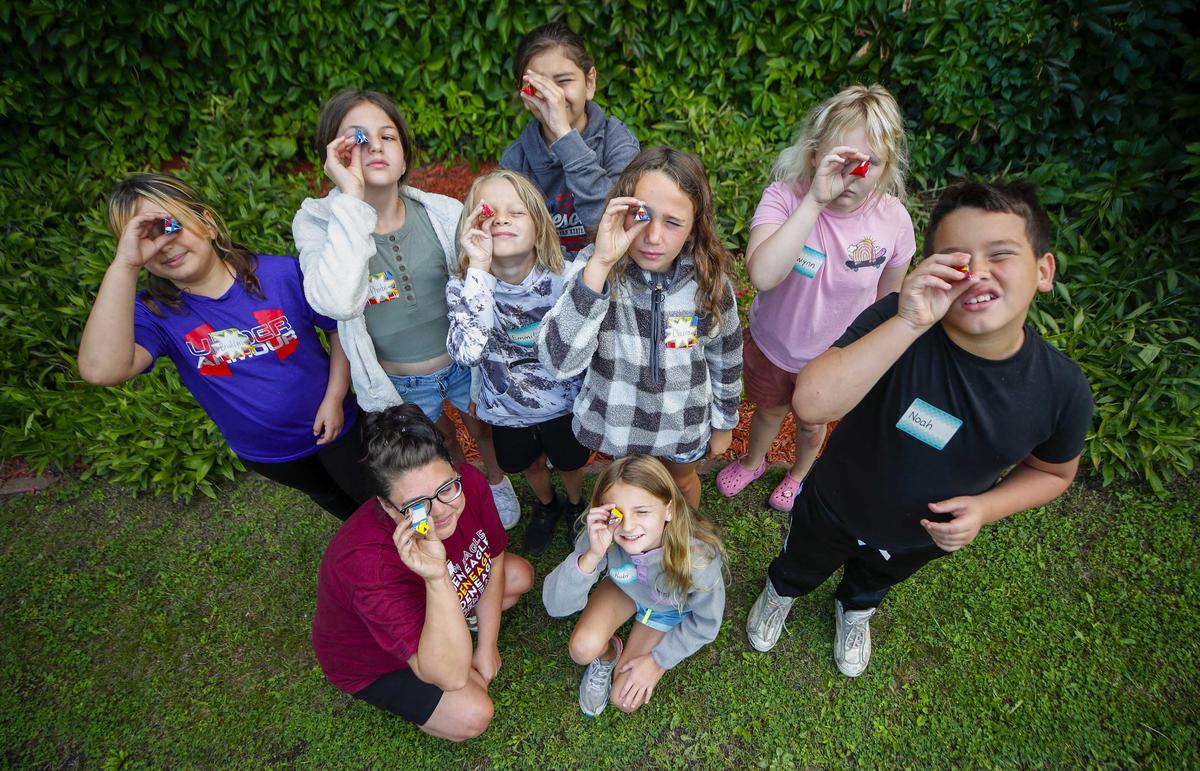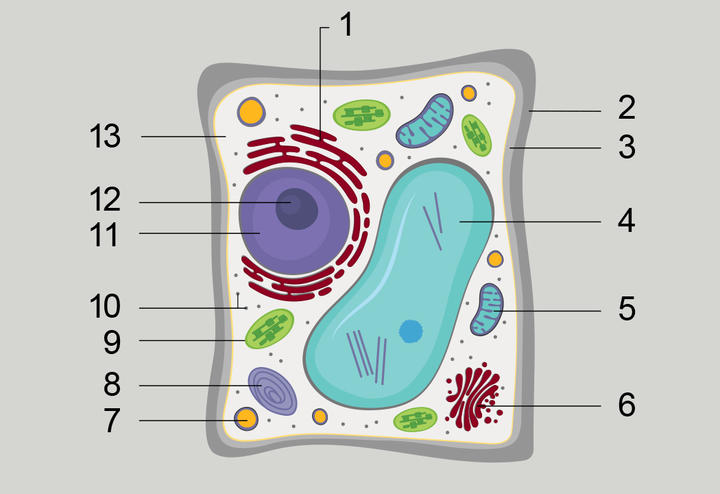



CREST counts UMN Crookston professors Timothy Dudley and Anthony Schroeder, both experts in the science of freshwater sponges, among its biggest assets. Here are some typical student reactions to a lesson or lab with them:



But a sober truth lies beneath the thrill of learning “real world” science from real college professors: Minnesota depends on agriculture, and agriculture depends on sciences like agronomy, soil science, plant and animal biology, epidemiology, and veterinary medicine. Our state needs students motivated to build careers based on these subjects in rural areas.
And students from these areas deserve access to the resources that will prepare them to compete for awards, scholarships, and other entries into STEM (science, technology, engineering, math) careers.
Meeting needs
To best learn about agriculturally based STEM fields, students need equipment—everything from glassware and Bunsen burners to pH meters and voltmeters. When these items fall beyond their budgets, many school districts or home-school groups contact CREST.
For example, Ada-Borup-West High School chemistry teacher Elizabeth Cakebread asked the program for support to teach a hands-on experiment because her school lacked adequate lab space, supplies, and expertise. In response, last fall the CREST team organized a STEM day on campus just for her students.
“The activities … allowed my students to work with some incredible professors and Crookston employees to experience hands-on laboratory experiments with equipment that we don't have access to in our small school,” Cakebread says.
Also, after learning about the campus’s Freshwater Sponge Research Project during its tour of county fairs, Homelife Homeschool group K-12 asked to visit UMN Crookston to learn more about how Minnesota citizens can contribute to studies of freshwater sponge diversity.



CREST can meet similar requests by either hosting schools on the Crookston campus or bringing science materials to the schools.
“We have been bringing STEM engineering challenges, microscopes, and freshwater sponge research supplies,” Schroeder says.
The program now has the startup funds to supply a dedicated mobile lab to travel to schools, thanks to private donors and the University of Minnesota. It has also secured grants from local, state, and national sources, and is seeking funds for its team to travel to schools.
CREST will also address shortfalls of material and logistical human resources, such as substitute teachers, bus drivers, or adults in other supportive professions. But that barrier will fall as the mobile lab takes shape.
Learning basics the easy way
On its Classroom Instruction site, CREST uses easy-to-read diagrams and links to live demos to teach basic concepts and skills that students will need.
Step by step, it takes them through subjects such as thinking like a scientist, using the metric system, analyzing and comparing data, basic concepts in genetics and cell biology, and concepts concerning the wide diversity of life on our planet.
Pop quiz: Match wits with the students by trying this quiz on plant cells, adapted from the site:
Besides student learning, the program fosters rigorous STEM research, professional development and on-campus educational opportunities for teachers, and collaborations with industry and organizations. These efforts strengthen STEM education initiatives across the region and state, says CREST and STEM outreach coordinator Amber Murry.

This note from Cakebread sums up the value of CREST:
“It gave my students the opportunity to experience the UMC campus and see how much the UMC and the University of Minnesota System are contributing to current agricultural research.
“Many of my students are familiar with farming and some even live and work on farms, but they don't realize the contributions that our local universities are making to advances in agriculture.”
Related Links
Share this story



